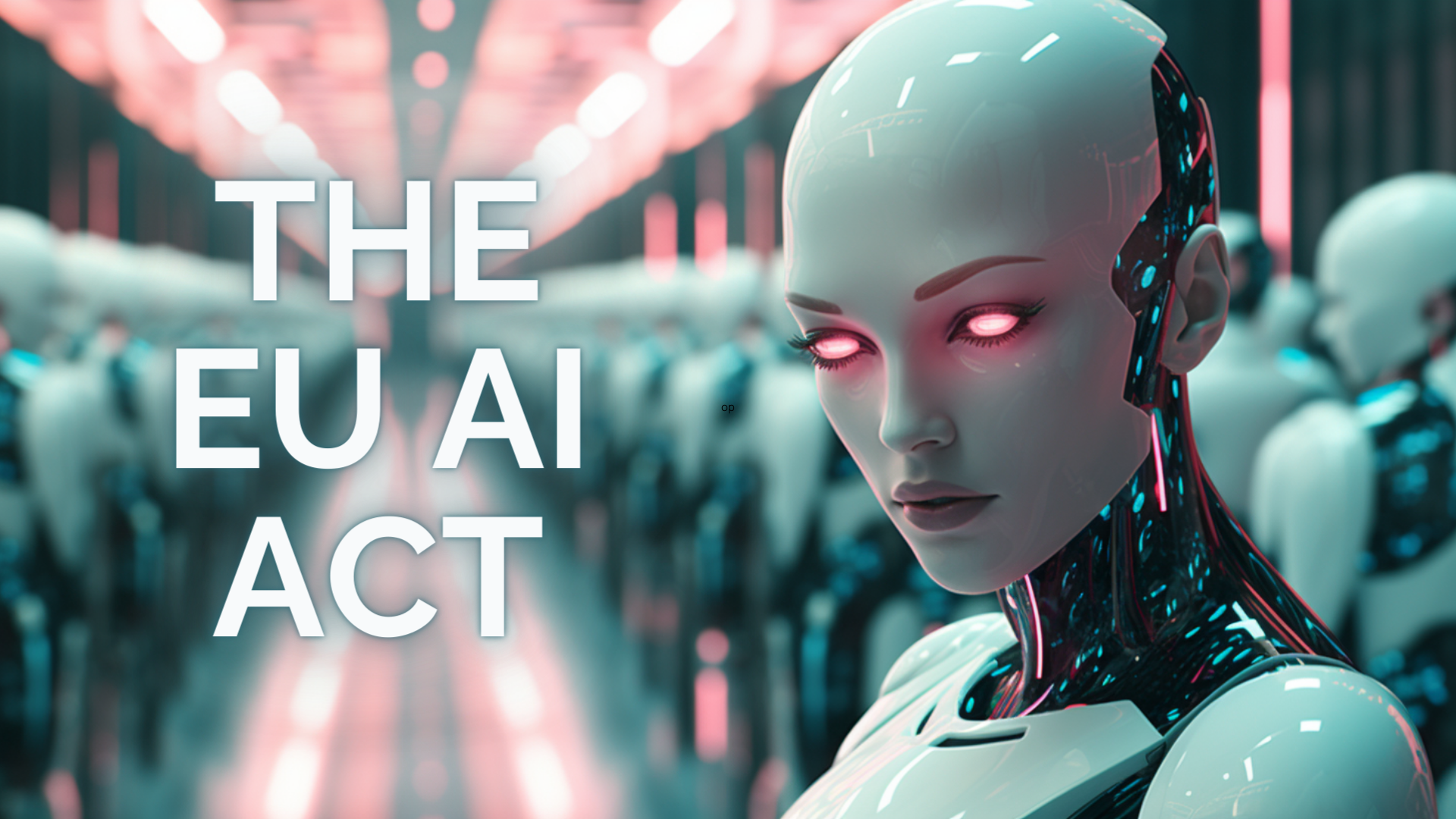TLDR: Landmark Agreement on EU AI Act
Significant progress has been made with the agreement on the EU AI Act, a pioneering regulation in the realm of Artificial Intelligence.
Key Takeaways:
- Regulation of Foundation Models: Models that necessitate 10^25 flops of compute power for training will face regulation. This includes the largest language models.
- Risk-Based Tiered System: AI systems deemed as high-risk will face stringent obligations. The requirement for mandatory fundamental rights has been agreed upon.
- Bias Management in High-Risk AI Systems: High-risk AI systems must be designed and developed with effective bias management strategies. Ensuring non-discriminatory AI systems that respect fundamental rights is a key focus of the Act.
- Transparency Requirements for High-Risk AI Systems: High-risk AI systems will be subject to transparency requirements to ensure accountability and trustworthiness.
- Prohibited AI Practices: The ban on certain AI applications, which includes biometric categorization (like political or religious), AI systems created to alter human behavior, social scoring based on social conduct, AI intended to exploit human vulnerabilities, emotion recognition in the workplace, and indiscriminate scraping of facial images, will be implemented within six months.

In a world where artificial intelligence (AI) is rapidly evolving, the European Union has made a bold stride with the recent adoption of the AI Act. The agreement on this landmark legislation marks a first, offering a glimpse into a future that promises responsible and trustworthy AI development and deployment worldwide.
Understanding the AI Act
The AI Act stands as the first global, comprehensive legal framework for AI regulation. AI, as defined by the Act, encompasses a suite of software and hardware tools capable of executing tasks that traditionally require human intelligence, such as learning, reasoning, and problem-solving.
One of the biggest outcomes of the AI Act is is the classification system. This system categorizes artificial intelligence applications into different levels of risk, predicated on the intended use and potential for harm. A noteworthy focus of this classification is on high-risk AI systems.
High-Risk AI Systems Explained
Sectors with decidedly high stakes — such as healthcare, law enforcement, and critical infrastructure — frequently employ these high-risk systems. In these areas, errors, or malfunctions could have severe consequences, making rigorous regulation crucial. The AI Act responds to this need with a set of stringent requirements tailored to manage these risks.
These high-risk systems are often found in sectors where the stakes are decidedly high — healthcare, law enforcement, and critical infrastructure. In these areas, errors, or malfunctions could have severe consequences, making rigorous regulation crucial.
In essence, the AI Act’s classification and corresponding requirements reflect a commitment to harnessing the power of AI responsibly. The AI Act sets up a structure that combines innovation and safety. This equilibrium enables businesses to utilize AI’s transformative potential without neglecting ethics or human welfare. It ensures businesses can tap into AI’s potential while keeping safety and ethics at the forefront.
The Tech Industry and the AI Act

The introduction of the AI Act is expected to significantly influence the tech industry, particularly impacting companies that develop and deploy high-risk AI systems. With an obligation to align with the Act’s requirements, companies will need to invest in compliance measures, potentially leading to increased costs and delays in releasing AI products.
Facing these challenges, the AI Act simultaneously promises to reveal fresh opportunities. A projected surge in demand for compliant AI solutions paves the way for new markets and business ventures, ripe for companies equipped to satisfy these requirements.
Implications for Society
The AI Act’s impact extends beyond the tech industry, with potential to significantly shape society. By fostering the development and deployment of secure and trustworthy AI systems, the Act aims to ensure AI benefits all.
Furthermore, it can mitigate potential risks associated with AI, such as bias, discrimination, and job displacement. By setting clear rules and regulations for AI development and deployment, the Act promotes responsible and ethical use of AI.
Adoption of AI

The adoption of the AI Act marks a significant milestone in global efforts to regulate AI. It provides a robust framework for the development and deployment of secure and trustworthy AI systems. While it will inevitably shape the tech industry, it also holds promise for creating new opportunities and benefiting society at large.
At AI Smart Marketing, we are abundantly transparent with our use of AI in pretty much everything we do. We used AI (specifically Jasper) to craft this article, edit, and fix any grammatical errors. We used Midjourney to help create some of the images you see here. And we used Bard to help find the most current, relevant links you see below. When we work with businesses, teach classes, and host our mastermind sessions, we always talk about the importance of a human driver and how AI can help accomplish tasks.
This EU agreement is the first of many that we expect to see over the next few years. As a landmark case, it’s crucial to note that AI continues its unprecedented advancement. Though the act remains unenforced presently, the pathway forward may witness edits and alterations, reflecting continual enhancements in artificial intelligence. This evolution underscores the fluidity and adaptability necessary in navigating this dynamic landscape.
Additional Resources
For more information on the AI Act, visit:

